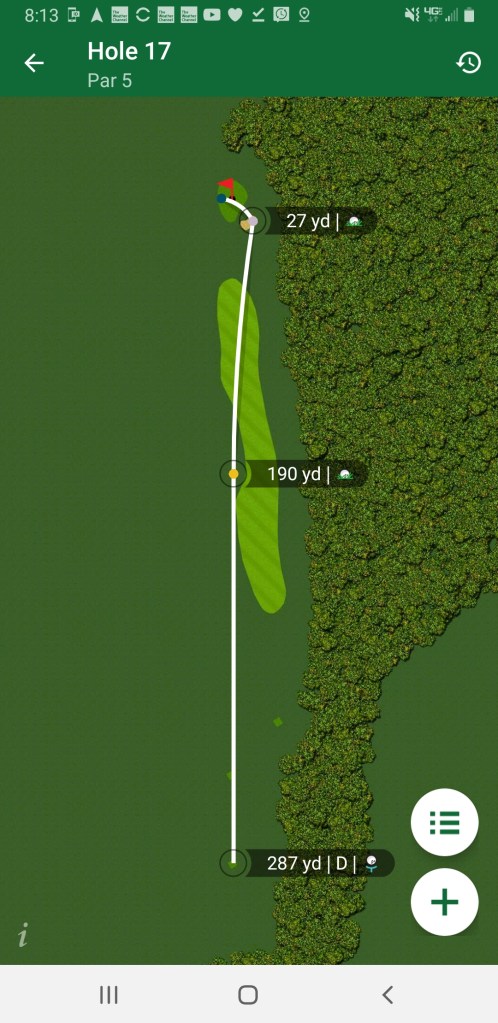This past weekend, dear friends Brenda and Jim commented on previous post about Outing Depression. Jim’s comments reminded me of my most recent counseling journey and I thought maybe I should provide an update.
When I started to back to counseling in late 2019, it had a specific goal, to learn to be happy. A lot of the work was about exploring why I wasn’t happy and what being happy meant/means to me. A few months later we were deep into Pandemic Year One and counseling moved to weekly Zoom sessions. The tenor of most of the sessions involved processing my father’s death, talking about my relationship to my wife as her caregiver, the pandemic, and my golf game. Yep, a certain amount of privilege is involved in using counseling to talk about golf.
However, since golf is my one outlet (I have given up all adventure activities that have higher risk than golf in order to minimize my wife’s anxiety), it is pretty important to my well-being. Further, since I have given up the OCD behavior that supported my counter-dependency, or rather transferred it to golf, I needed to find a way to manage my expectations and self-criticism.
As things progressed, we talked more about how I felt during a round of golf compared to how I felt walking off the course at the end. Too often I felt beaten and broken at the end after a succession of highs and lows while playing. My playing partner was in a similar boat and we began working in parallel to reduce and almost eliminate the anger and frustration we felt. More often than not, we walk off the 18th green feeling like we had fun and it was well worth the three to four hours of time we spent playing.
After a year of wrestling with golf, the feelings of being trapped in the in-betweenness of being a caregiving spouse where everything seems like the “the waiting place” from Dr. Seuss’ “Oh, the Places You’ll Go!”, working remotely during the pandemic, and dealing with most everything at a distance, I came to a conclusion.
I was, I am, happy.
I was pretty glumly surprised. I no longer really had anything to bitch about. Sure, everything is not to my liking. My wife is still disabled and ending a third year in a wheelchair, people I care deeply about have fallen prey to seriously stupid conspiracy theories, and Pandemic Year Two is hardly a great rebirth, and my golf game still sucks (actually, my game is pretty good, the uncontrolled randomness of my swing still sucks), but all this is merely context. And that’s thing, happiness is not dependent on context, it is in fact about acceptance of what is, of what you cannot change, and what you can. Happiness, for me at least, is not about going around with a smile, but instead a willingness to smile when you can, an openness to finding joy in the world around your, whether it is kindness of others, the change of seasons, or the long arcing flight of a perfectly struck golf ball. There are many places to find joy.
I came to these conclusions at an opportune time. A friend of mine working through cancer and a terminal illness was unable to find a counselor that time available and could work with her. I was able to to get my counselor to take her on in my slot. There was a certain amount of joy in that.
For the record, I have not come in closer to achieving my lofty goal of hitting a golf ball 350 yards. At least not in terms of distance. I am now much more likely to hit a fairway though, and that’s a win. Nothing else has really changed, other than my attitude and my perception of the world around me. And I find more moments of pure joy.



